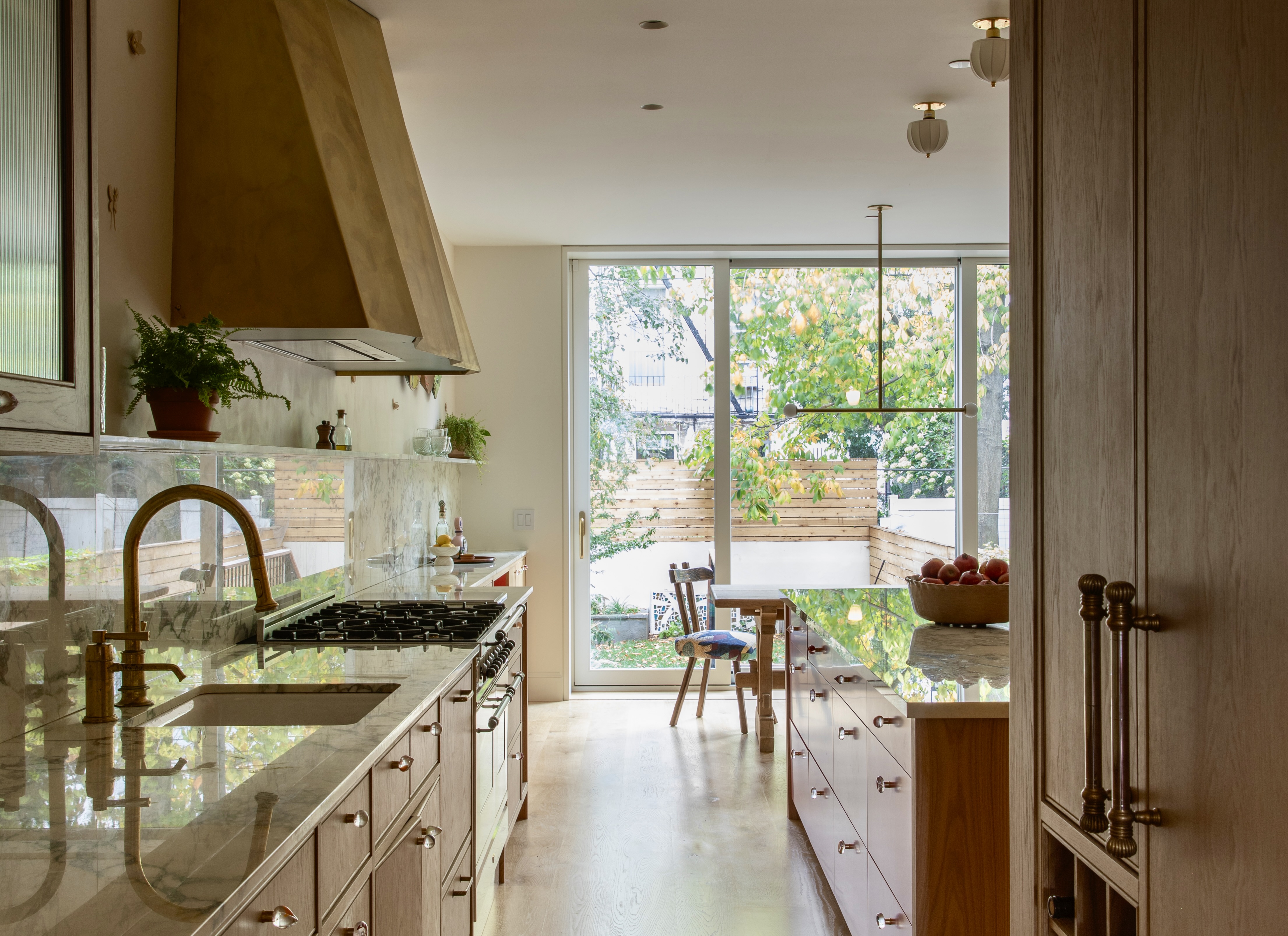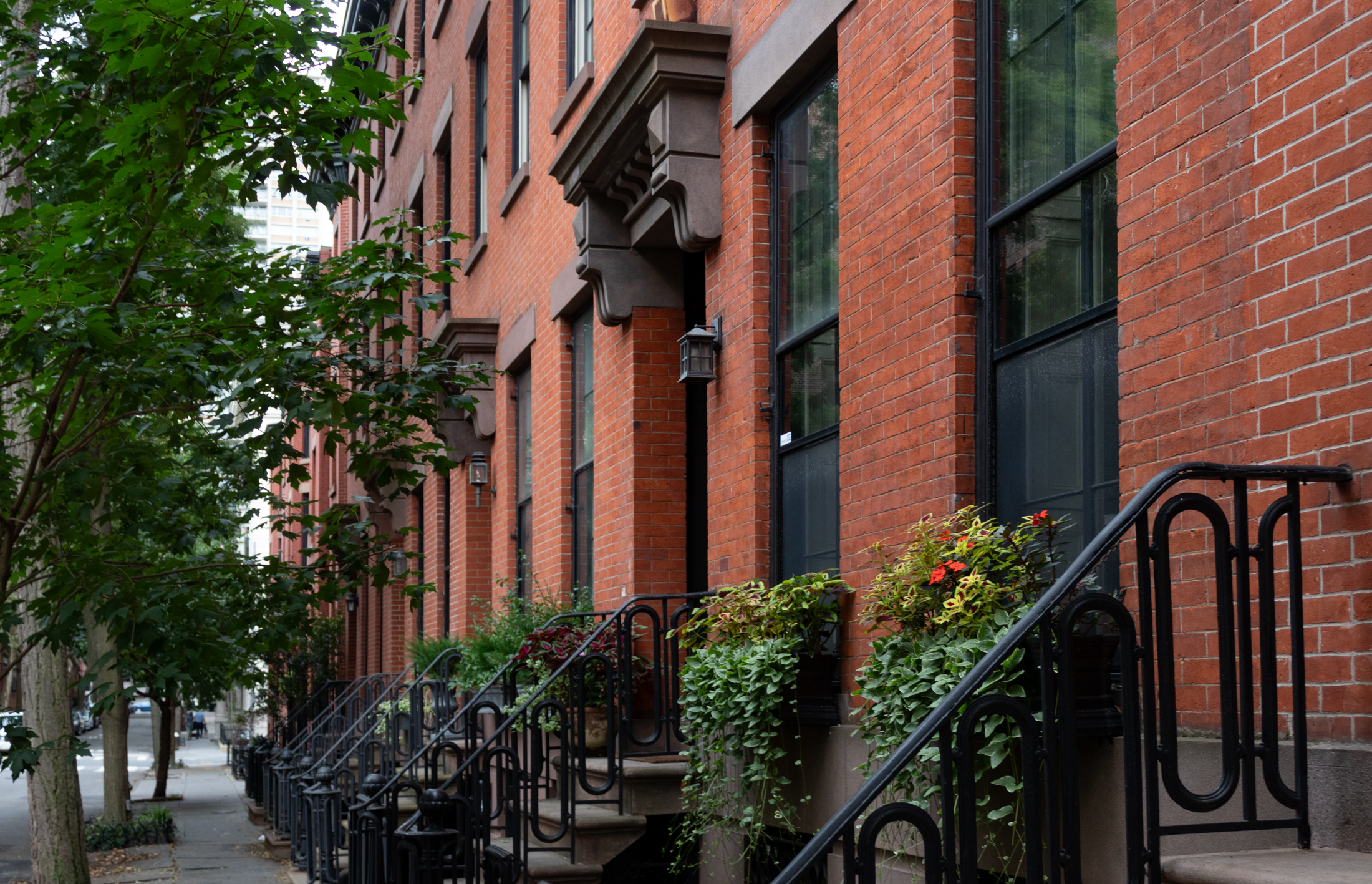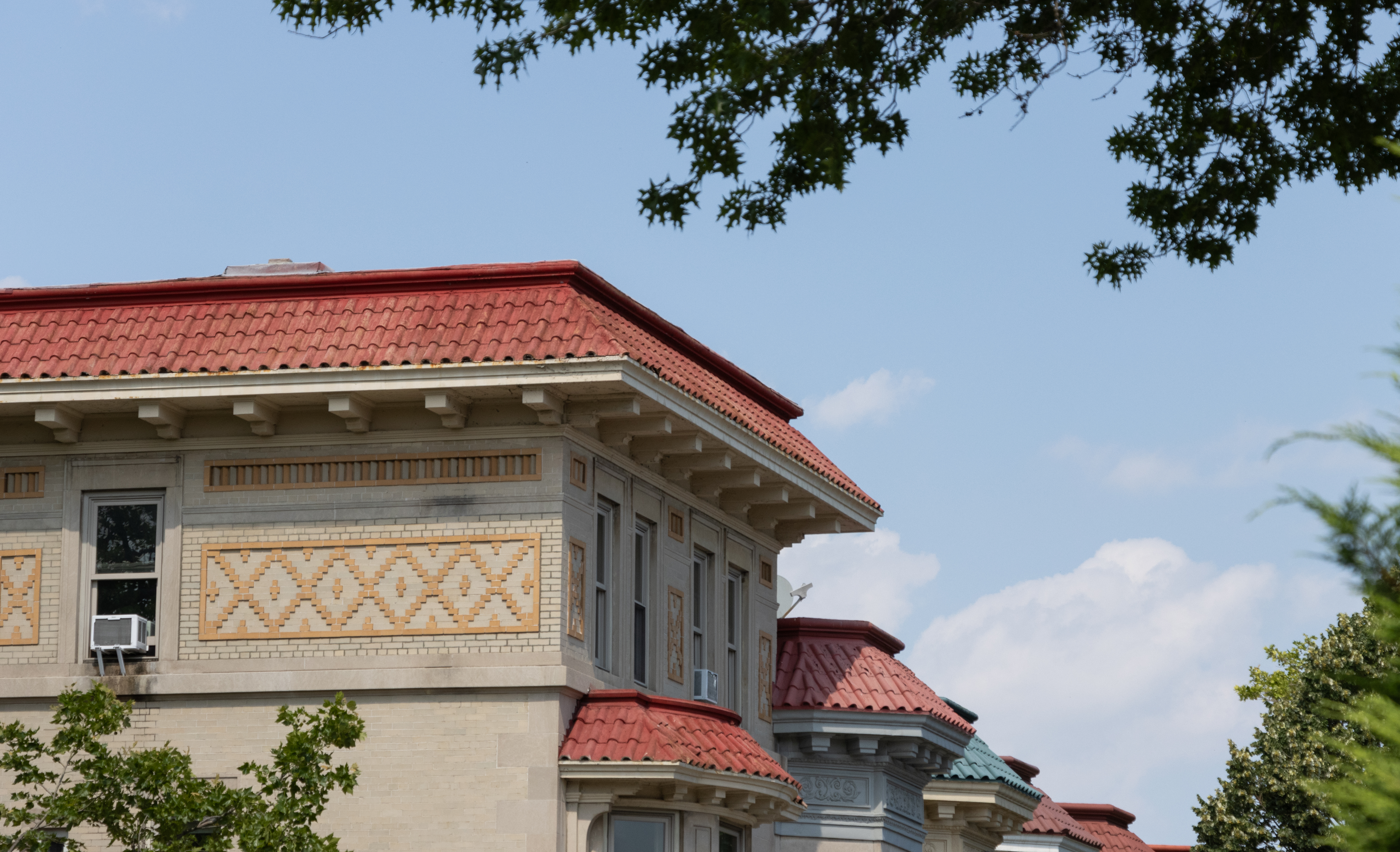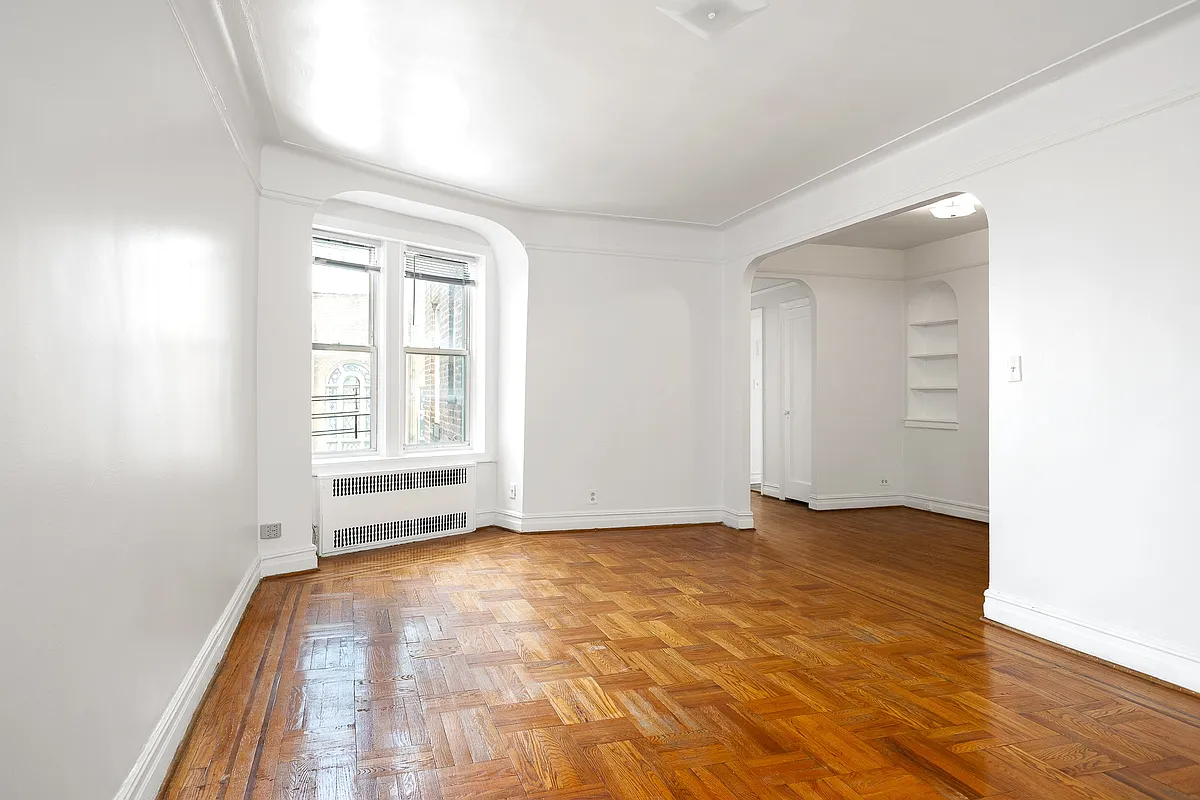Slope HD Extension: In 3 Parts, Over 10+ Years?
The Post had an article yesterday with details about the push to extend the Park Slope Historic District so that it includes 4,000 more buildings. Right now, the Park Slope Civic Council is proposing an extension that would happen in three phases: “the first 1,350 buildings [are] bordered by Flatbush, Prospect Park West, Seventh Avenue,…


The Post had an article yesterday with details about the push to extend the Park Slope Historic District so that it includes 4,000 more buildings. Right now, the Park Slope Civic Council is proposing an extension that would happen in three phases: “the first 1,350 buildings [are] bordered by Flatbush, Prospect Park West, Seventh Avenue, 15th Street, and parts of Union Street and Fifth Avenue. The second phase includes 2,000 buildings east of Fifth Avenue, and the third, east of Fourth Avenue between Flatbush and 15th Street.” A trustee of the civic council estimates that it will take 3 years to get landmark status for the first section and that there would be 5 year gaps between the landmarking of the other two portions. The Slope’s Historic District currently includes 1,975 buildings. Update: Blog Save the Slope takes issue with some parts of The Post article.
City Aims to Expand Slope District [NY Post]
Photo from Save the Slope.





“But just because you don’t want to love in an older building, doesn’t mean everyone else finds it as distasteful as you and benson do. ”
Now wait a minute. I get the feeling that FSRG would still love his family if he lived in an older building!
🙂
fsrg- I’m sure you meant to add IMHO? And while we didn’t have landmarks preservation for thousands of years, notice how much of this city and in cities all over the world old architecture is still lived in and used everyday-not only because it is historic and beautiful, but because it obviously works.
In this country our consumerism has determined what we think we must have- or not have. Luckily, we’re all allowed our own opinions and can choose the kind of place we prefer to live in. But just because you don’t want to love in an older building, doesn’t mean everyone else finds it as distasteful as you and benson do. Historic neighborhoods are highly desirable places for people to live in. That’s a fact- if Bklyn Hgts and Park Slope didn’t have their beautiful housing stock they’d be just another neighborhood.
One more point regarding landmarking and a neighborhood’s “character”.
I live in a new condo complex that is in the proposed district. The complex consists of 5-story buildings with an elevator, so it is in scale with the area. Most of the apartments are nicely laid out 3 bedroom’s, so we have alot of families with young children living in it. They are committed to living in the area. Of course we have some turn-over, but once again, the large majority of owners are committed to the area.
Immediately adjacent to my complex is one of the row of walk-ups that I mentioned above. Some of these buildings are rentals, some are co-ops. Two things strike me about these buildings:
-there is a very large turn-over in these buildings (except for the legacy rent-contolled apartments). Typcially a young couple will move in, all excited about living in Park Slope. A few years of trudging up and down 3 flights, or a kid comes along, and they are out of there.
-if these buildings were written up in Brownstoner for their architecture, I am sure that the photo shoot would be framed upwards. You know why? Because if you looked at the front of these buildings, what you would see is OVERFLOWING GARBAGE CANS!! Most of these buildings cannot support a porter, or if they do, they don’t pay him enough to make it worth his while to store garbage in the basement and trudge it out. Hence, when one enters into these buildings, you first pass through a gauntlet of overflowing garbage cans.
I ask you: how great are these two characteristics for the neighborhood? A transient population that doesn’t care enough to make sure their home looks presentable. All because this notion has sunk in that these old buildings are just so wonderful,when in fact they are outmoded.
“People have done it for hundreds of years.”
So what – and they also didnt have landmark preservation for THOUSANDS of years and we survived too
and I never said that older buildings were “impossible” to live in – I say that many of the buildings in question are CRAP (despite potentially a nice molding or two) – they were crap when they were built, they were crap 50yrs ago and they are crap today –
Crap=cramped, poor layout, little light, narrow etc….
A 100 year old tenament is still a tenament, and while I am not advocating ridding the city of every last one, I do not see why we have to preserve acres and acres of similar type buildings in the name of “preservation”
fsrg- I’ve always lived in walk ups- trust me I know what it is to carry groceries and nieces and nephews up the stairs. People have done it for hundreds of years.
sorry, that might have been confusing- both you and benson talk about the interiors of older buildings being impossible to live in- but this has nothing to do with landmarking. As I said, LPC landmarks exteriors. benson makes it sound like you can’t change an interior door or reconfigure interiors. Thousands have done it and seem quite happy. It all depends on what you like and how you want to live. Or what you’re prepared to sacrifice. As for the cost being exponentially higher, I’d like to see your cost comparisons because I just don’t believe that is the case all the time.
MM – but if you are IN the district you are in – no matter how non-historic it is – SO if the boundaries being talked about here are to be beleived (which may be a falty assumption) then this in/out debate is meaningless – everyone is “in” and if you are in – then you fall under landmark jurisdiction
Looks to me like the CHN district includes every building in that district:
http://www.nyc.gov/html/lpc/downloads/pdf/maps/CHN_map.pdf
Bxgrl is right. The landmarking map for Crown Heights North in places looks like the outlines of a giant key, with indentations and bump outs, indicating inclusions and exclusions, all over the place. Same with many other HD’s. It’s par for the course. Landmarks does recognize that some buildings don’t make the cut. It behooves them to do that, as they don’t want landmarking status to become meaningless any more than preservationists on the ground.
“The other point- which both you and benson promote but are inaccurate about, is that the LPC landmarks the exteriors. All of those walk ups you both disdain can be gutted and reconfigured. New construction is no guarantee of a better layout- or even an elevator. And truthfully, stairs ain’t a bad thing. Good for the heart -if you have one ;)”
“The other point- which both you and benson promote but are inaccurate about, is that the LPC landmarks the exteriors.”
I “promote” that??? and I think you mean interiors
“All of those walk ups you both disdain can be gutted and reconfigured.”
at a cost, which is exponentially higher if you have to preserve the shell and deal with landmarks- thereby ensuring that anything new will be even more ‘only for the rich’.
“New construction is no guarantee of a better layout- or even an elevator.”
No but presumably if you are going to be ripping down an existing structure, and replacing it with a building of more or less equal density (by zoning) then you better be offering something ‘better’ otherwise you wont sell it at a high enough price to justify the tear down in the 1st place.
“And truthfully, stairs ain’t a bad thing. Good for the heart -if you have one ;)””
Tell that to someone trying to carry groceries and kid up to the 4th fl – oh and btw – elevatored buildings have stairs too!